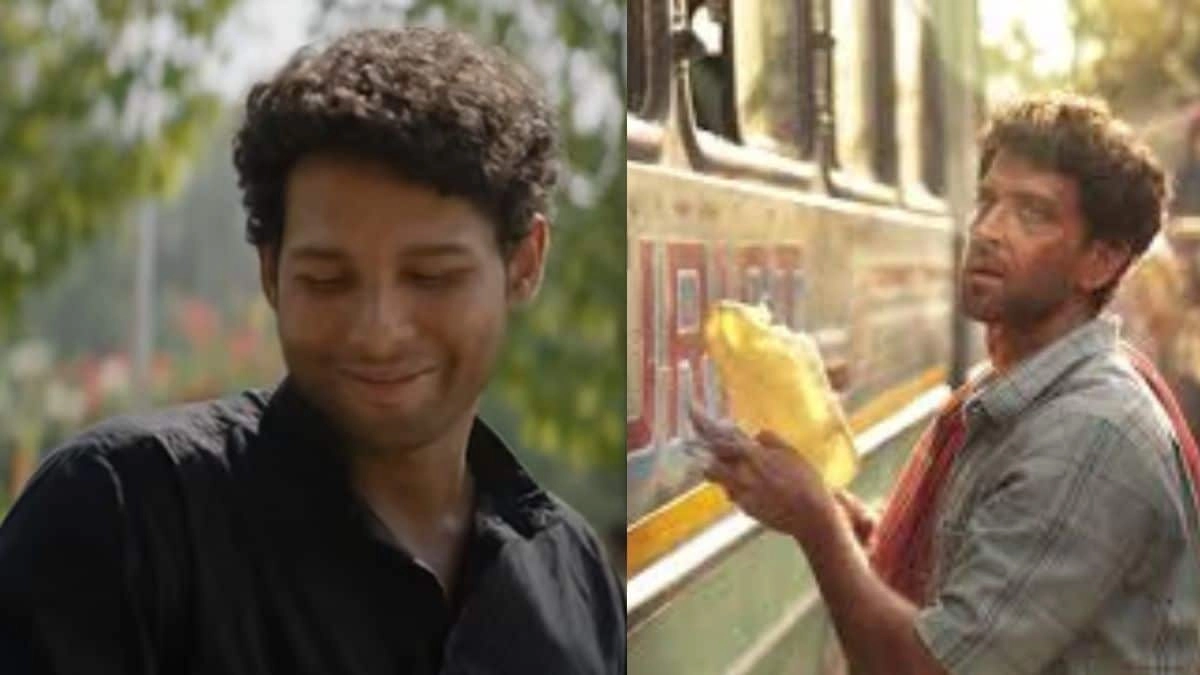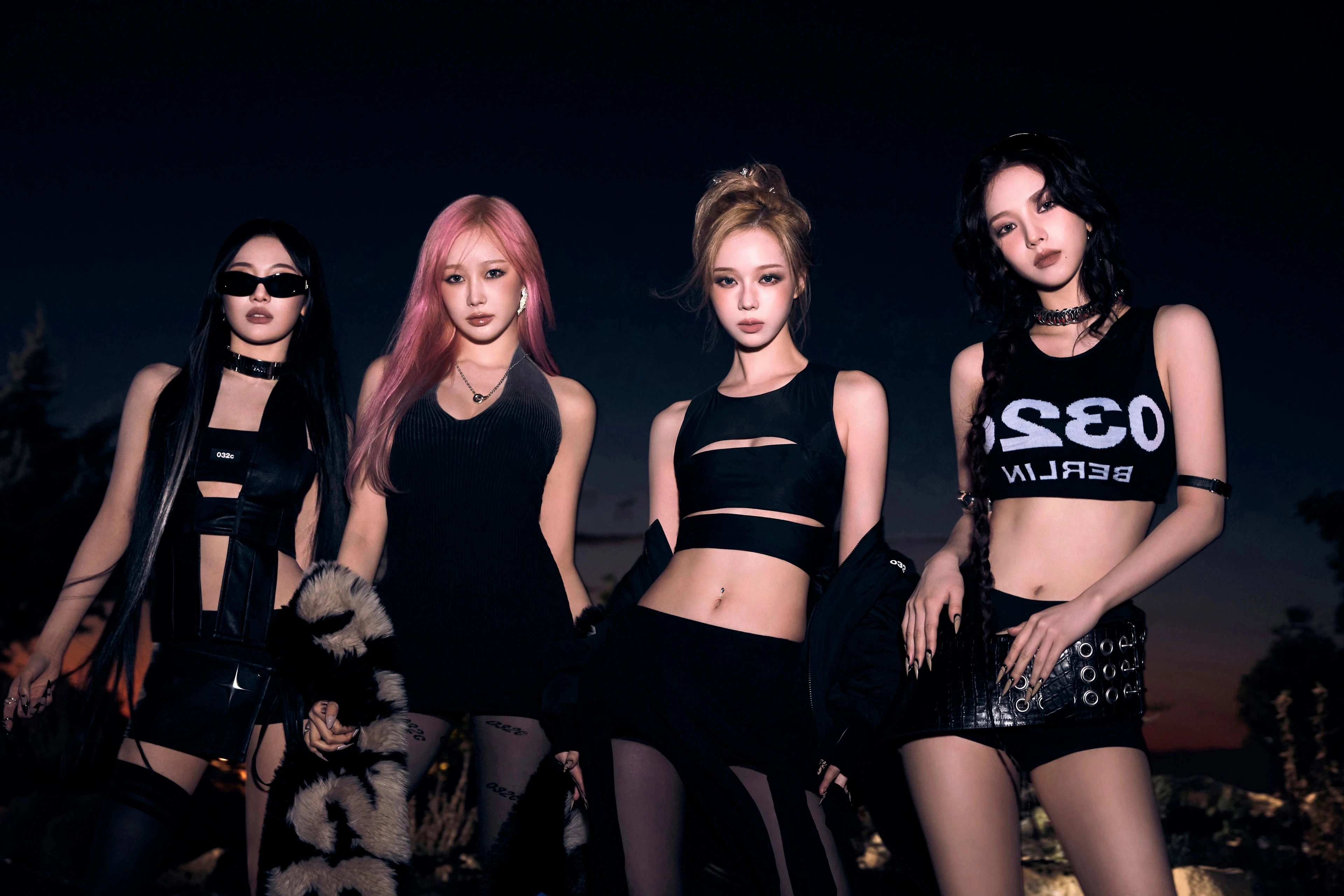Bollywood’s persistent issue with brownfacing has come under scrutiny once again, catalyzed by recent high-profile casting choices. The practice, which involves non-ethnic individuals altering their appearance to portray characters of a different ethnicity, continues to raise questions about representation and authenticity in Indian cinema. For instance, Siddhant Chaturvedi’s portrayal in “Dhadak 2” has sparked debate over the appropriateness of casting decisions, especially when actors are seen using makeup or other means to darken their skin. This trend not only perpetuates stereotypes but also diminishes the opportunities available for actors who genuinely belong to the communities being depicted.
The controversy surrounding Hrithik Roshan’s casting in “Super 30” further amplifies these concerns. While Roshan is an accomplished actor, his portrayal of Anand Kumar, a figure deeply rooted in the Indian educational landscape, has drawn criticism for not casting an actor who more closely represents the character’s background. The film, which tells the story of a mathematician from a modest upbringing, ideally needed someone who could authentically embody the lived experiences of Kumar, rather than relying on cosmetic alterations to fit the role. These instances highlight a broader trend in Bollywood where the emphasis on star power often overshadows the necessity for genuine representation.
Critics argue that such casting choices contribute to a culture that favors appearances over authenticity, leading to a lack of diversity in storytelling. The reluctance to cast actors from various ethnic backgrounds not only limits the richness of narratives but also alienates audiences who seek representation in film. As Bollywood continues to evolve, there is a growing demand for more conscientious casting practices that prioritize authenticity and inclusivity. Addressing the brownfacing issue is not merely about aesthetics; it’s about recognizing the significance of representation and the impact it has on societal perceptions and narratives.
In light of these conversations, it becomes essential for filmmakers to reflect on the implications of their casting choices. Moving forward, the industry must embrace a more inclusive approach that honors the diverse tapestry of Indian society. This shift not only enriches storytelling but also fosters a more equitable environment for actors of all backgrounds. As audiences become increasingly aware of these issues, the pressure is on Bollywood to adapt and ensure that its practices align with the values of diversity and representation that are so crucial in today’s cinematic landscape.




